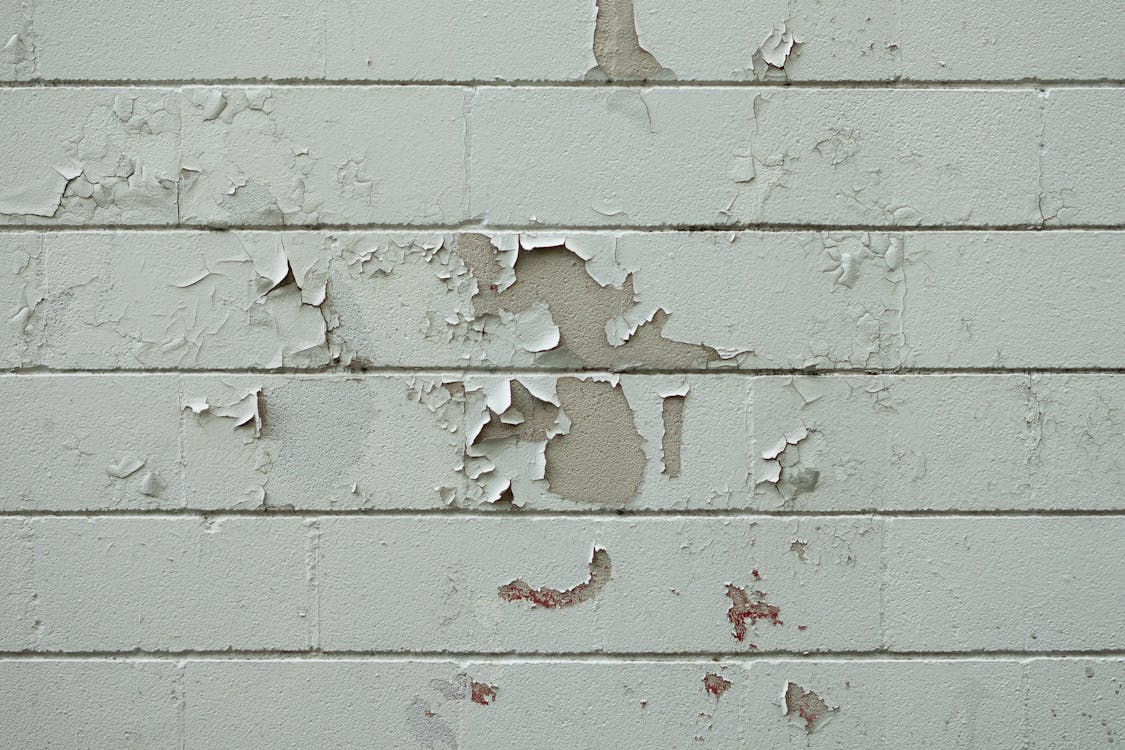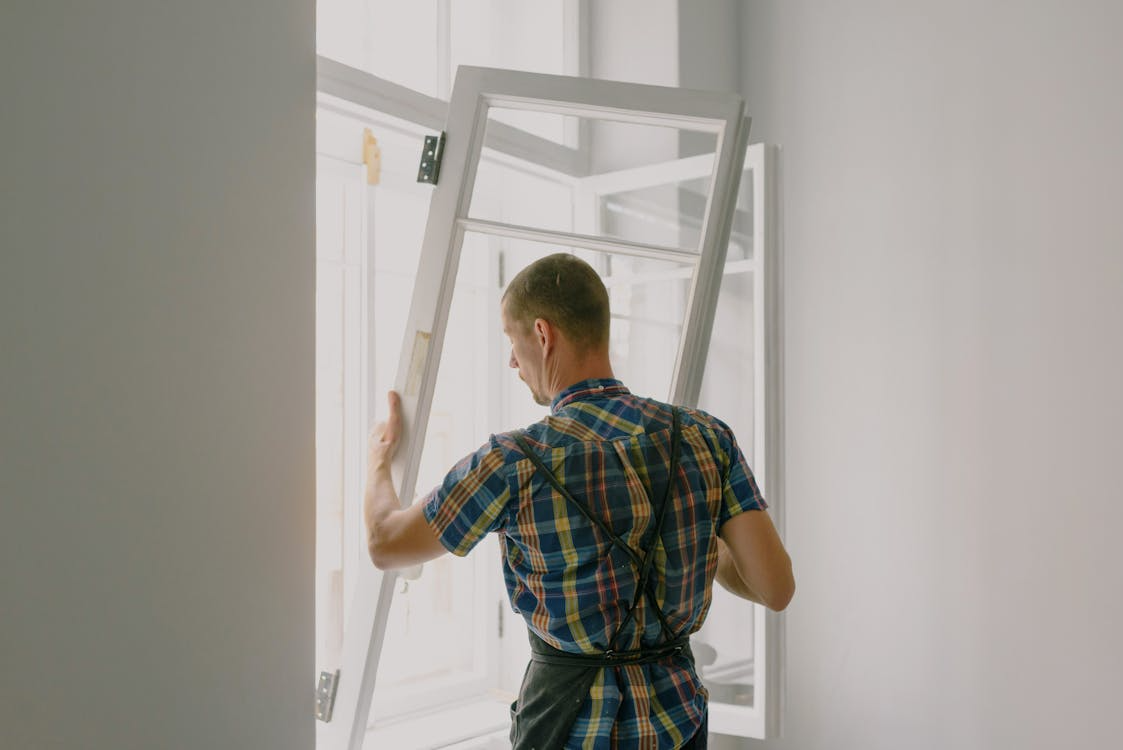A home is a layered structure, not just in its design but in how it manages heat, air, moisture, and movement. When one of those layers weakens, whether it’s a missing seal, aging insulation, or moisture slipping through foundation walls, the effects don’t always show up where you’d expect.
Your energy bill might speak first. Or maybe it’s the sound of something small moving in the walls. Over time, a pattern forms. But only if you know where to look.
This post is built for that. A way of reading your house. The walls. The crawlspaces. The attic corners. They all have a way of reporting when it’s time for an update. And often, it starts with the barriers.
1. Higher Utility Bills With No Clear Reason
If your heating and cooling costs are going up and you’re not using more energy, your insulation or air seal could be the problem. Conditioned air may be leaking out through gaps or thinning insulation. The home loses heat in the winter and gains it in the summer more quickly when these systems aren’t performing properly.
2. Musty Smells or Visible Mold Patches
A musty smell indoors, especially in basements or closed-off spaces, often points to moisture buildup. When water vapor gets trapped inside walls or under flooring, it creates the kind of environment that supports mold and mildew.
You may notice:
- Mold spots near corners or behind furniture
- Warped surfaces on floors or walls
- Dark patches that seem to grow slowly over time
These are signs that moisture is moving through materials where it shouldn’t. A new or reinforced vapor barrier may be needed in certain areas, along with better airflow.
3. Cold or Hot Spots Around the House
Temperature changes from one room to the next suggest that insulation coverage is uneven. Drafty areas around electrical outlets, window frames, or ceiling corners can also indicate that the home’s air barrier isn’t intact.
Common causes include:
- Gaps left during construction
- Settling or compressed insulation
- Cracks that form as materials expand and contract
You might feel these temperature differences most in older parts of the house or rooms with exterior walls. Re-insulating or sealing these areas often improves comfort without major renovations.
4. More Frequent Pest Visits
Insects and small animals are good at finding weak points in a structure. Gaps in siding, foundations, or roof edges create paths into crawlspaces and walls. If you’re noticing pests indoors more often, they may be getting through these exterior flaws.
- Entry points can appear around:
- Pipes and cables
- Roof returns and vents
- Basement windows or cracks near ground level
Pest control becomes more reliable when these openings are sealed and the outer barriers are reinforced. This is especially true in homes with older siding or weathered foundations.
5. Water Stains After Rain
Water that shows up indoors during or after a rainstorm usually comes from a specific failure in the outer barrier. Leaks may come through flashing around windows or roofs, joints in siding, or cracks in the foundation.
Look for:
- Yellowish stains on ceilings or upper walls
- Damp carpet along outer walls
- Water trails near basement corners
Sealing these areas with improved membranes, caulking, or other materials can prevent further damage. Left alone, water intrusion can begin to weaken wooden framing and drywall.
6. Bubbling Paint or Flaking Finishes
When paint peels or blisters, moisture is usually trapped inside the wall or coming through from behind. This happens when the surface is exposed to changing humidity levels, often because the wall’s vapor barrier is incomplete or missing.
Signs include:
- Raised paint that flakes when touched
- Damp or sticky walls during certain times of day
- Cracking that runs in patterns rather than random chips
Sometimes the issue is with interior ventilation, especially in kitchens and bathrooms. But once paint starts reacting this way, it’s worth checking the wall system behind it.
7. Cracking in Walls or Along the Foundation
Cracks can form in drywall or masonry as buildings shift. While some movement is expected, repeated or growing cracks often mean that something in the envelope or foundation has changed.
Things to watch for:
- Gaps forming at the corners of windows and doors
- Cracks that grow wider after wet weather
- Horizontal lines across basement walls
When barriers below ground level lose their seal, water pressure and soil shifts become harder to manage. Foundation coatings and sealants may need to be reapplied or upgraded to handle current conditions.
8. Fog or Moisture Between Window Panes
Windows that once offered clear views can start to look cloudy. If condensation appears inside the glass panes, it means the seal has failed and moisture is collecting in the space between them.
This reduces both visibility and the insulation value of the window. It can also contribute to interior humidity, depending on weather conditions. These window units usually need to be replaced or resealed to restore their insulating performance.
9. Crawlspace Feels Damp or Looks Unfinished
A crawlspace that stays damp or smells musty can affect the entire home. Air from this space moves upward into living areas, bringing moisture and allergens with it. In many homes, this space is left unsealed, with open vents and exposed soil.
Typical signs include:
- Water or wet patches on the ground
- Insulation hanging loose or discolored
- Rusted metal supports or fixtures
Upgrading this space may involve installing a vapor barrier across the floor and walls, sealing the vents, and adding a dehumidifier. These changes often help keep indoor air cleaner and reduce moisture-related problems.
10. Roofing Materials Are Starting to Wear Out
The roof is one of the most exposed parts of a house. Over time, shingles can lose their protective coating, shift position, or fall off completely. This allows water and wind to work into the underlayers.
Check for:
- Bare spots or missing shingles
- Granules collecting in gutters
- Dark streaks or moss growth
When signs like these appear, it’s time to evaluate whether patching is enough or if a larger section needs replacing. The roofing system includes both the outer material and the underlayment, which acts as a moisture barrier. Both parts need to stay in good shape to protect the home below.
Problems like these are sneaky. Areas in your house that are used less often often show the first signs of barrier deterioration. Making sure you do regular cleaning and inspection of these spots can help identify what needs some maintenance. Keeping barrier systems in place will help protect your home and keep it comfortable and efficient for the long haul.


